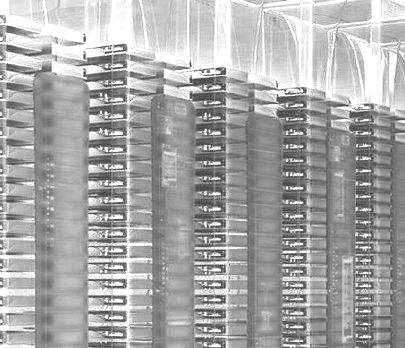
Convergence Gets Hyper In The Datacenter
The way that systems are being built is changing, and the way that the winners and losers are tracked as they peddle their wares into the datacenter has to change to reflect that. …

The way that systems are being built is changing, and the way that the winners and losers are tracked as they peddle their wares into the datacenter has to change to reflect that. …

It has been roughly a year and a half since Hewlett Packard Enterprise first announced its intent to create a completely different kind of a system. …
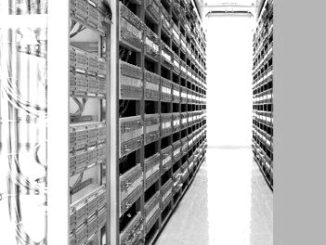
For most applications running in the datacenter, a clever distributed processing model or high availability clustering are enough to ensure that transaction processing or pushing data into a storage server will continue even if there is an error. …
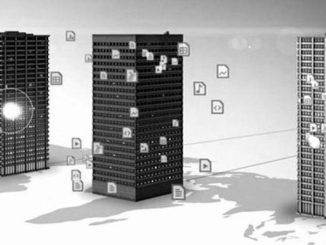
Software wants to be free, or more precisely, the organizations that deploy software for specific functions in their platform stack want to be able to do so on the systems that they choose rather than the ones that a vendor that is fond of its hardware margins chooses. …
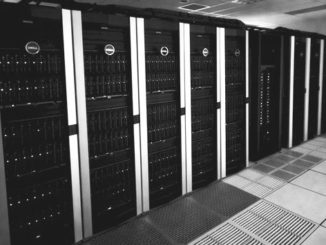
By definition, the national HPC labs are on the very bleeding edge of supercomputing technology, which is necessary given the scope and scale of the problems they are trying to solve through simulation and analysis and enabled by the largesse of their budgets. …
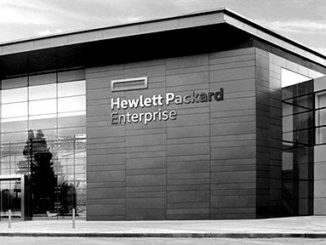
Hewlett Packard Enterprise is hosting its first big shindig, the Discover Europe customer and partner conference, as a company separated from PCs and printers, and is trotting out a new line of systems, code named “Thunderbird” and sold under the brand HPE Synergy, that are follow-ons to its BladeSystem blade servers. …
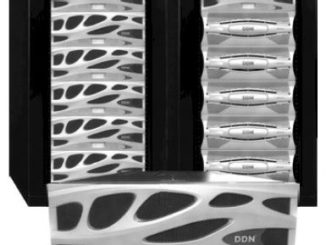
The old adage in the modern datacenter is that compute is free, but data movement is very, very expensive. …
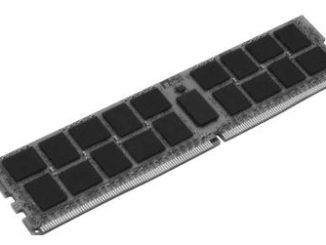
The earliest paper on Transactional Memory that can be found – Transactional Memory: Architectural Support for Lock-Free Data Structures – was written about twenty years ago. …

These are exciting times for the memory hierarchy in systems. New kinds of DRAM and non-volatile memories are becoming available to system architects to enhance the performance and responsiveness of the applications that run upon them. …
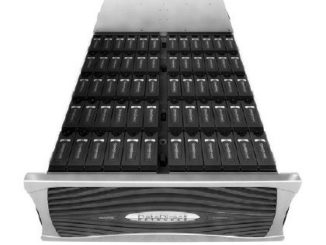
Object storage is not a new technology, but it is something that many enterprises are just starting to adopt as they follow the hyperscalers and HPC centers away from the overhead and scalability limits of traditional storage and its file systems. …
All Content Copyright The Next Platform